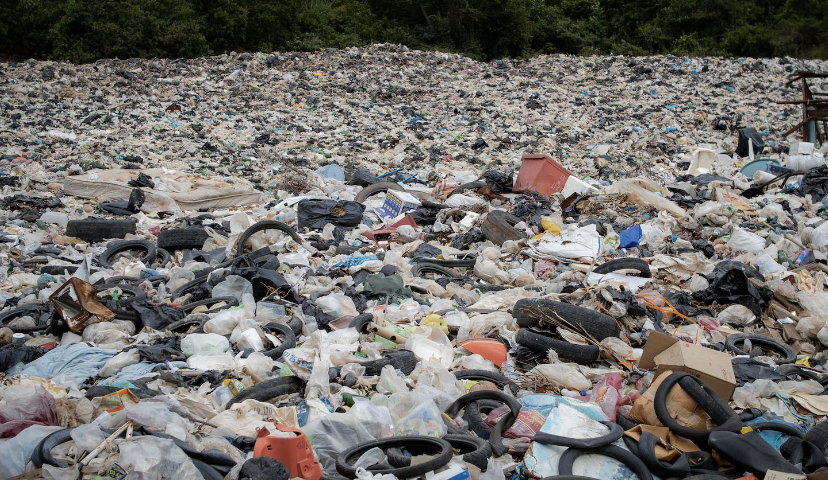To satisfy consumer demand for the newest fashion trends, clothing items are produced quickly and cheaply under the umbrella of fast fashion. Fashion has become more widely available, but it has also had a big impact on society and the environment. The detrimental effects of fast fashion on the environment and society will be discussed in this article.
What exactly is fast fashion?
The practice of making and selling garments quickly to keep up with the newest fashion trends is known as fast fashion. The fashion industry has transformed thanks to this business strategy, becoming more widely available and affordable. Fast fashion’s detrimental effects on the environment and society, however, cannot be disregarded.
Effects of rapid fashion on society and the environment.
Environmental Impact:
- One of the main causes of environmental contamination is fast fashion. Water, electricity, and raw materials are just a few of the many resources needed to produce apparel.
- The fashion sector is said to be in charge of 20% of the world’s wastewater and 10% of its carbon emissions, according to the Environmental Protection Agency (EPA).
- Another big environmental concern is the usage of synthetic fibers like polyester, nylon, and acrylic, which are frequently utilized in the creation of fast fashion.
- Due to these materials’ slow decomposition rates and inability to biodegrade, garbage builds up in landfills and oceans.
- Fast fashion businesses also manufacture a lot of clothing, much of it never getting sold and ending up in landfills. As the garments break down, this not only adds to the waste issue but also causes the discharge of hazardous chemicals.
Societal Impact:
- Fast fashion has a significant social impact as well. In developing nations, where workers are frequently subjected to subpar working conditions and low wages, fast fashion companies rely on inexpensive labor.
- Concerns regarding worker exploitation and abuses of human rights have arisen as a result of this.
- The focus on low costs in fast fashion has also contributed to a disposable clothing culture, where garments are worn only a few times before being thrown away.
- In addition to feeding the cycle of environmental waste, this encourages a culture of materialism and consumerism.
- Furthermore, the emphasis on trend-driven apparel in fast fashion has resulted in a decline in the value placed on high-quality, timeless pieces that may be worn for years. The fashion industry has suffered as a result of a loss of artistry and skill.
How to reduce the impact?
Fast fashion is a complicated issue, but there are several ways to lessen its harm to society and the environment.
- Encouraging Sustainable Fashion: Consumers can choose sustainable fashion options including shopping at secondhand stores, choosing high-quality items that they can use for a long time, and purchasing clothing from ethical manufacturers. As a result, the fashion industry will encourage more ethical and sustainable practices while reducing the need for quick fashion.
- Reducing Waste: Fashion companies should cut down on packaging, utilize eco-friendly materials, and recycle used items to reduce waste. Additionally, they can support circular economy concepts like renting and trading clothes.
- Increasing Labor Standards: Fashion companies should raise standards for labor by ensuring that employees receive fair pay and benefits and by enhancing working conditions. Also, businesses should ensure that employees have a safe workplace and refrain from using underage labor.
- Companies may inform customers about the negative effects of rapid fashion on the environment and society. They can also offer details on environmentally friendly fashion choices and the effects of consumer behavior.
In conclusion, there are major and widespread effects of rapid fashion on the environment and society. Consumers must be conscious of the effects of their clothing choices and think about more environmentally friendly options, such as thrifting or purchasing higher-quality apparel. The fashion industry must also assume responsibility for the effects it has on society and the environment and endeavor to adopt more ethical and sustainable practices. Then and only then can we hope to develop a fashion sector that is both fashionable and long-lasting.

